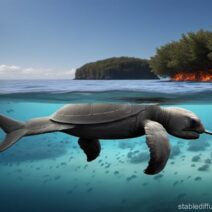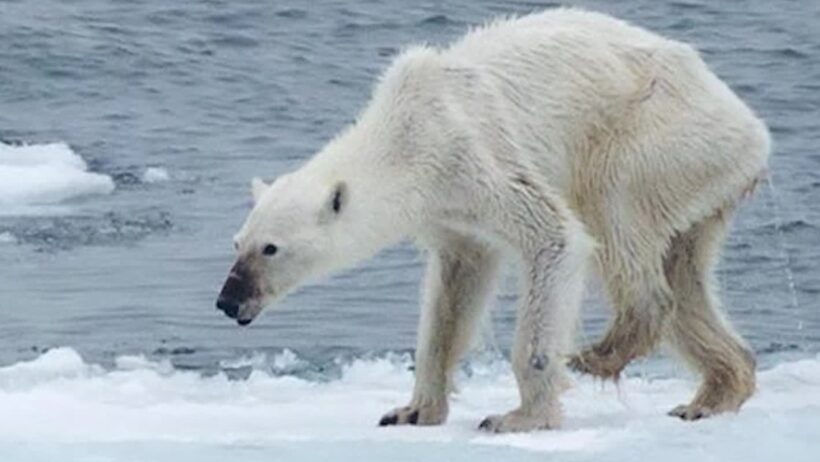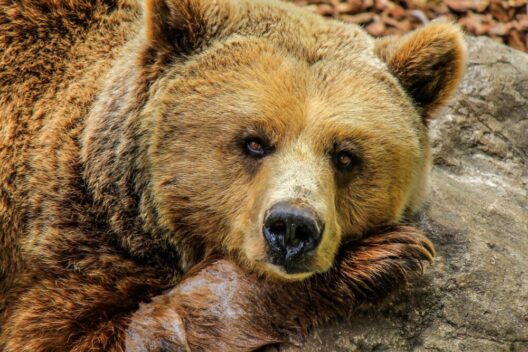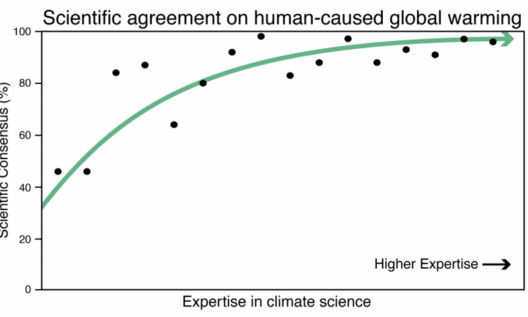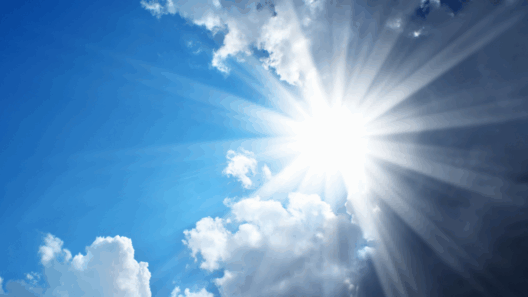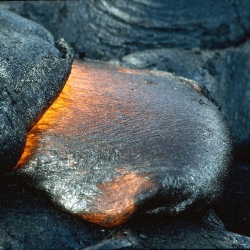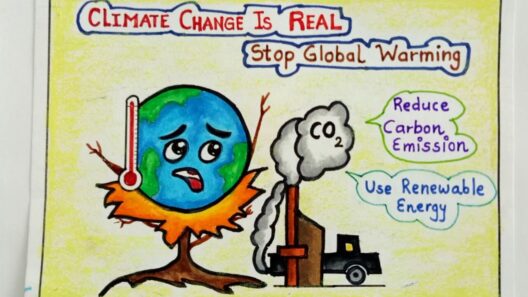The Arctic is a treasure trove of biodiversity, serving as a crucial habitat for a myriad of wildlife, from the majestic polar bear to the diminutive Arctic fox. However, as global temperatures rise, this once-frigid expanse is undergoing monumental changes that threaten its very existence and the organisms that inhabit it. The alarming pace of climate change is reshaping polar habitats and wildlife, reverberating across ecological networks, and prompting urgent introspection regarding our environmental engagement.
The primary driver of these alarming transformations is the acceleration of warming temperatures due to anthropogenic factors. The Arctic warms at a rate approximately twice that of the global average, leading to a significant decline in sea ice. The loss of sea ice not only disrupts the hunting grounds of polar bears but also affects marine ecosystems reliant on this icy substrate. As sea ice diminishes, the habitat for seals, a vital prey for polar bears, shrinks, resulting in increased emaciation and mortality rates among these iconic mammals.
Subsequently, this degradation catalyzes a cascade of ecological repercussions. With diminished sea ice, the predation dynamics shift, as polar bears are compelled to expend greater energy traversing more extensive distances to locate food. Their reliance on stable ice surfaces for hunting becomes precarious, causing a perilous struggle for survival. The image of an emaciated polar bear epitomizes the distressing reality for these animals. The plight of the polar bear is a poignant harbinger of the broader implications of climate change on Arctic wildlife.
The warming Arctic is not solely a polar bear concern. As temperatures soar, the region’s flora and fauna are experiencing profound shifts, resulting in altered species distributions. Warmer temperatures can also extend the range of certain species, albeit often to the detriment of the native species that have thrived in the Arctic’s harsher climates. These changes catalyze the advent of new ecological competitors, further straining the delicate balance of Arctic ecosystems.
One species particularly affected by these changes is the Arctic fox, which faces intensified competition from the red fox. The encroaching red fox, armed with greater adaptability to milder climates, poses an existential threat to Arctic fox populations. This competition can lead to declines in the Arctic fox population, thereby disrupting the intricate food web that sustains various other species in the region.
The warming Arctic also stimulates increased marine activity. The melting ice facilitates new shipping routes, exposing previously isolated regions to human activity. While this might seem advantageous economically, the potential for environmental degradation looms large. Increased ship traffic heightens the risks of oil spills and marine pollution, which possess dire consequences for the organisms that dwell in these ecosystems. Moreover, the sounds of ships disrupt communication among marine wildlife, disturbing their breeding and social behaviors.
As ice melts, the release of stored carbon exacerbates the situation. Permafrost, a permanently frozen layer of soil, holds vast quantities of greenhouse gases. The thawing of permafrost releases carbon dioxide and methane into the atmosphere, creating a vicious feedback loop that accelerates climate change. This phenomenon underscores the interconnected nature of Arctic systems, highlighting the importance of understanding these dynamics holistically.
The visible impacts of climate change in the Arctic present an urgent call to action. Individuals and communities worldwide must confront the challenge of climate change with urgency and determination. Awareness is pivotal in promoting collective action against this burgeoning crisis. Educating oneself and others can catalyze not only discussions but also informed decisions regarding sustainable practices and environmental stewardship.
To actively participate in mitigating these changes, one can explore various avenues. Reducing personal carbon footprints, supporting renewable energy initiatives, and advocating for policies that prioritize environmental conservation are integral to addressing the climate change crisis. Engaging in local conservation efforts and supporting organizations focused on Arctic preservation can amplify individual impact. Collective grassroots action holds potential, leading to significant changes at global levels.
Moreover, fostering curiosity about Arctic ecosystems can ignite a passion for preservation. From the ethereal beauty of the Northern Lights to the rich tapestry of life that thrives beneath the ice, the Arctic serves as a reminder of nature’s irreplaceable wonders. Documentaries, literature, and experiential learning can cultivate a deeper understanding, driving home the message that the health of the Arctic is intrinsically linked to global climate stability.
Additionally, integrating indigenous perspectives into the conversation about climate change provides invaluable insights. Indigenous communities have long coexisted with Arctic landscapes and possess profound knowledge about local ecosystems. Their traditional ecological knowledge can inform conservation efforts and highlight the importance of holistic approaches that recognize the intricate connections among species, climate, and human activity.
As we dissect the implications of climate change on the Arctic’s habitats and wildlife, it’s evident that this transformation is not simply an isolated phenomenon. The Arctic’s plight mirrors a global crisis—the urgent need for action to stave off irreversible damage to our planet. By addressing climate change head-on, fostering curiosity about our world, and amplifying indigenous voices, we hold the power to reshape the narrative surrounding our environment.
In conclusion, the reshaping of Arctic habitats and wildlife serves as a stark reminder of the profound consequences of climate change. As stewards of our planet, we bear the responsibility to challenge the status quo and strive for a sustainable future. Each effort, however small, contributes to a larger movement dedicated to preserving the fragile ecosystems of the Arctic and ensuring that the rich biodiversity of our planet endures for generations to come.

